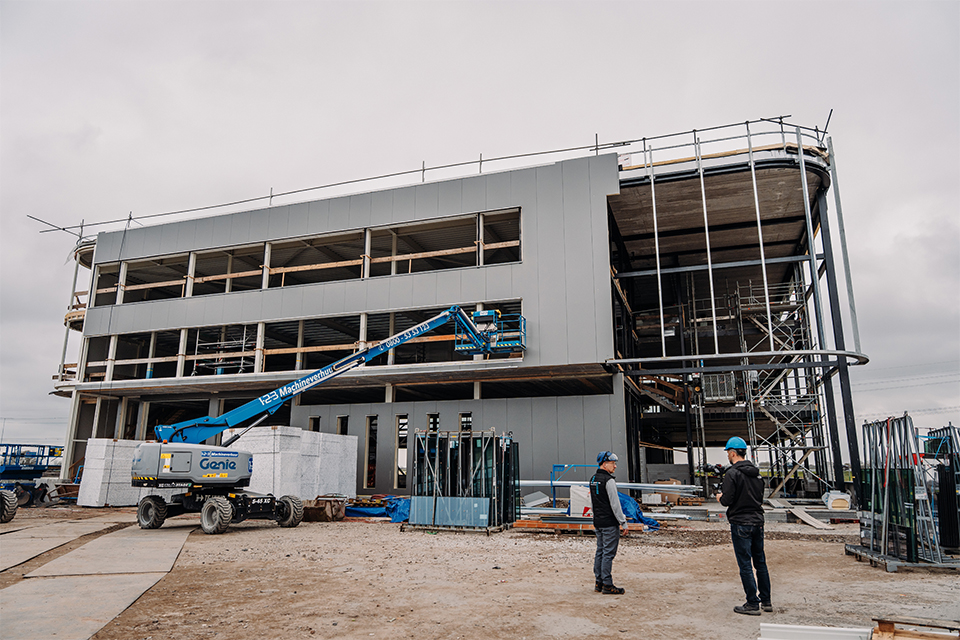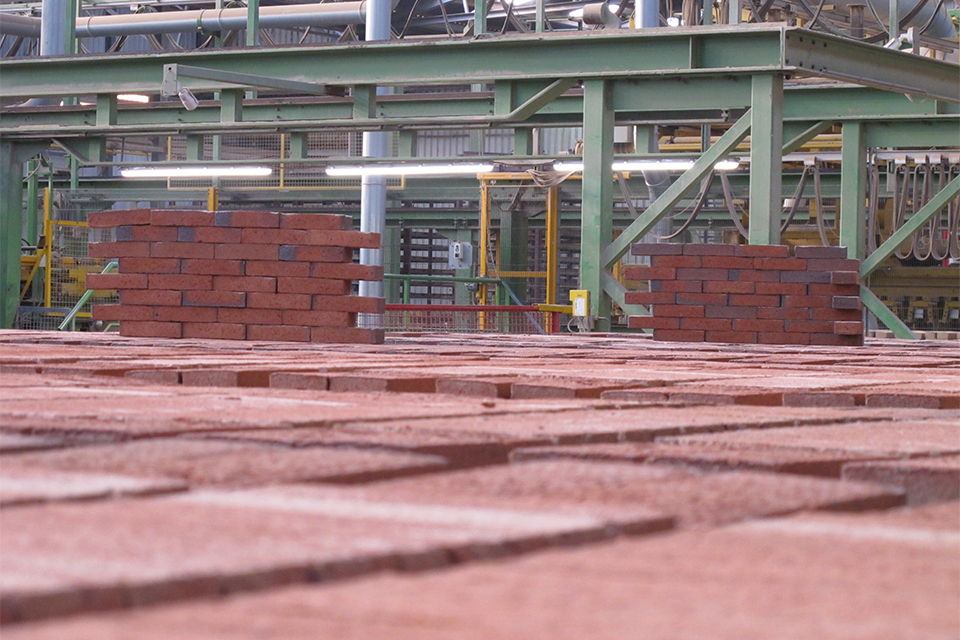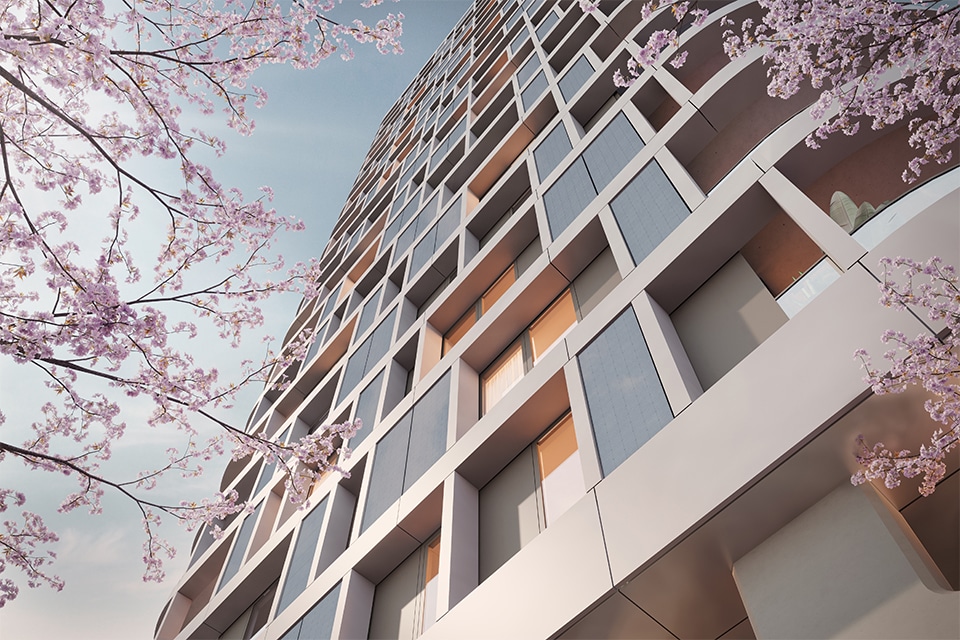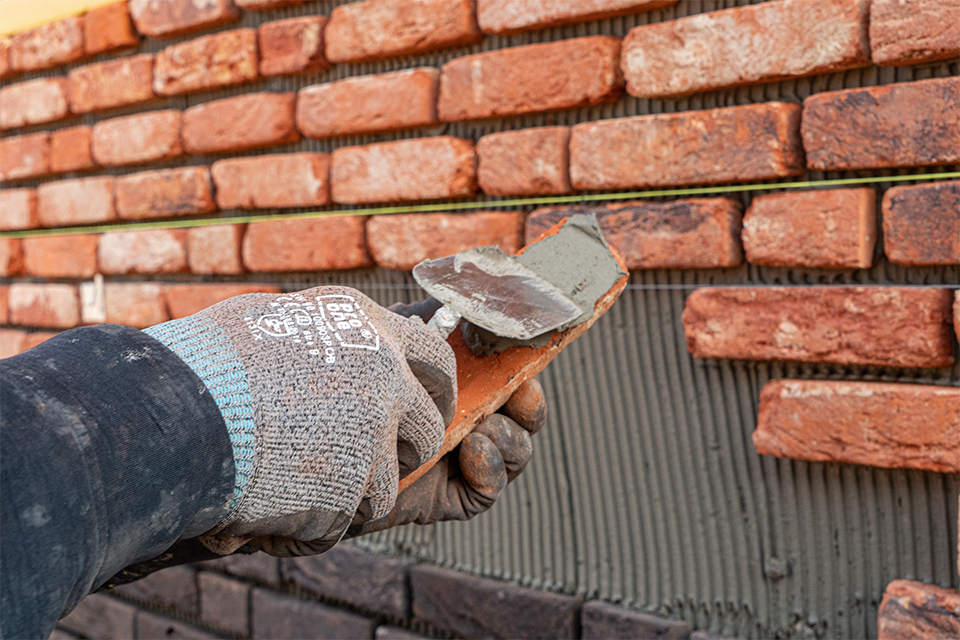
Benefits for all stakeholders
STONE STRIPS: SUSTAINABLE ALTERNATIVE TO BRICKWORK
Veenstra has an appointment in his calendar with a contractor. "You sometimes have to talk like Brugman to explain very simple advantages. In this case it concerns a design in which stone strips on an insulation package were prescribed by the architect, but were replaced by masonry by the contractor. Purely and simply because "we always do it that way. In doing so, he not only cuts himself in the fingers, but also disadvantages the ultimate residents. Yes, very occasionally something goes wrong with strips falling off the facade. Those are the cowboys who don't take the application instructions very seriously and, above all, drive down prices with cheap labor. Those cases still sometimes make the media. But with masonry it goes wrong at least as often, you hardly ever read about that."
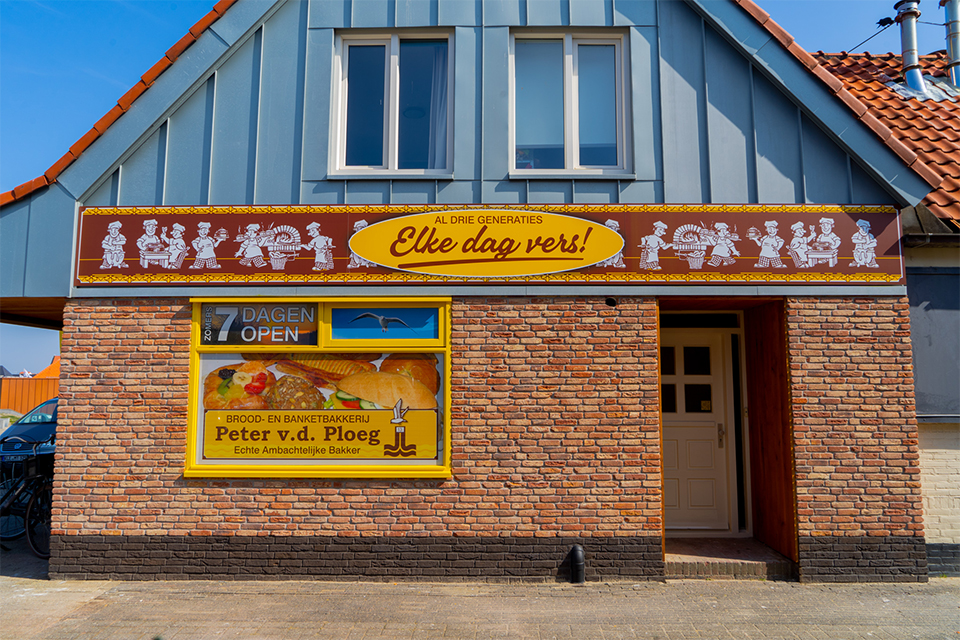
Higher RC value
So there is a lot of unfamiliarity about stone strips in the market, according to Veenstra. "Homeowners or tenants want an affordable and well-insulated house, especially now that gas prices are threatening to go up again. A masonry facade with 7 centimeters of insulation, 7 centimeters of cavity and 10 centimeters of brick has an Rc value of around 4. Stone strips on an EPS insulation board can achieve a value of 6. The final facade is therefore centimeters thinner, unless the contractor chooses a much more expensive thin insulation board for masonry. If you want to achieve a high energy standard as an architect or client, I think this choice is not so difficult, only people are not familiar with this alternative."
Being economical with your staff
But apparently contractors also need to be convinced, a mission to which Veenstra devotes a lot of time and energy. "Fewer operations, higher construction speed, less physical strain for workmen, lower transport costs, what more could you want? Traditional masonry requires more and heavier handling for contractor and masonry company. At 1.2 kilograms, each brick is much heavier than a 200-gram strip brick, you need lintels, and where you need 25 kilograms of masonry mortar per square meter, we do 8 square meters with the same weight of glue. In addition, masonry requires a carpenter to set profiles, you will need to place anchors, and you need more effort to supply bricks and mortar. And because the work with stone strips is much less physically demanding, you have less downtime and people last longer. At a time of increasing scarcity of craftsmen, not a superfluous luxury it seems to me."
Environmental benefits
Veenstra also sees environmental benefits. "Stone strips weigh a fraction of bricks; 600 square meters go on a truck. That saves a lot of energy and CO2 in transport alone. Furthermore, you limit the environmental burden because less brick is needed per square meter of façade. Moreover, the Eco brick strips from Baksteen Holland in Oudkarspel, which we use more and more often, are not cut from bricks but energy-efficiently formed in molds. All in all, I do not understand why contractors still choose more expensive masonry as a matter of principle, when the advantages of stone strips benefit all parties. I hope for once the construction industry will step over its traditional shadow and choose more for this sustainable alternative."
